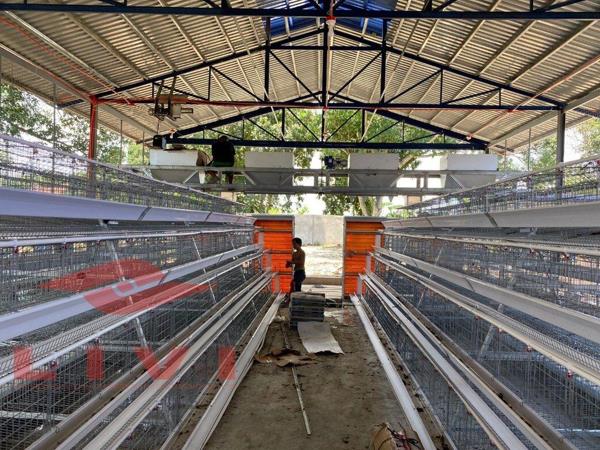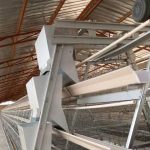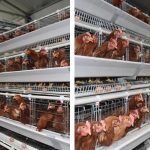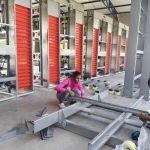Choosing the right poultry cage capacity is crucial for optimizing your farm’s productivity and ensuring the welfare of your birds. With a variety of options available, it can be challenging to determine which poultry cage system best suits your needs. This guide aims to simplify the decision-making process by providing insights on how to choose the right poultry cage capacity for your farm.

Understanding Poultry Cage Types
Before determining the capacity, it’s essential to understand the different types of poultry cages available:
- Layer Cages: Designed for egg-laying hens, these cages optimize egg production and make egg collection easier.
- Broiler Cages: Suitable for chickens raised for meat, these cages focus on maximizing growth rates and minimizing space usage.
- Brooding Cages: Used for young chicks, providing a controlled environment to ensure their healthy development.
Factors to Consider When Choosing Cage Capacity
1. Farm Size and Capacity
The size of your farm and the number of birds you plan to house are fundamental factors in determining cage capacity. Assess the available space and calculate how many birds you can accommodate without overcrowding, as overcrowding can lead to stress and reduced productivity.
2. Housing System
Decide on the type of housing system you prefer. Common systems include battery cages, which are space-efficient, and free-range systems, which allow birds more freedom. The choice of system will influence the required cage capacity.
3. Bird Weight and Size
Different breeds and types of poultry have varying space requirements. For example, larger birds need more space, so ensure the cage size accommodates the specific weight and size of your birds.

4. Climate Considerations
Consider the climate in your region. Cages in hot climates may rust faster, affecting their longevity and capacity. Opt for cages made from durable materials like galvanized steel or PVC-coated wire mesh to withstand environmental conditions.
5. Ventilation and Lighting
Proper ventilation and lighting are crucial for maintaining a healthy environment. Ensure the cage design allows for adequate airflow and natural light, which can impact the birds’ health and productivity.
Chicken Cage Design and Layout
The design and layout of the cage can significantly impact its capacity and functionality:
- H Type Chicken Cages: These are efficient for space utilization, allowing for more birds per square meter.
- A-Frame Chicken Cages: Provide more floor space, which can be beneficial for larger birds or free-range systems.
- Perches, Feeders, and Waterers: Evaluate these features to ensure they meet the needs of your birds and contribute to efficient space use.

Ease of Cleaning and Maintenance
Choose a cage design that allows for easy cleaning and maintenance. Features like removable trays and efficient waste management systems can simplify upkeep and improve hygiene, directly affecting the health and productivity of your flock.
Supplier Reputation and Support
Research reputable poultry cage suppliers with a history of providing quality products and excellent customer support. Reading reviews and seeking recommendations from other poultry farmers can help you find a reliable supplier.
Cost-Effectiveness
Consider both the upfront cost of poultry chicken cage and long-term costs associated with maintenance and replacement parts. Investing in a durable cage may have higher initial costs but can save money in the long run.

Consult with Experts
Seek advice from experienced poultry farmers or consult professionals in the field. They can provide insights based on their experiences and help tailor your cage choice to your specific needs and circumstances.
Conclusion
Choosing the right poultry cage capacity involves careful consideration of various factors, including farm size, bird type, climate, and budget. By understanding these elements and conducting thorough research, you can select a cage system that promotes bird welfare and contributes to the success of your poultry farming operation. Remember, the right choice not only enhances productivity but also ensures the well-being of your birds, leading to a more sustainable and profitable farm.
For further guidance, don’t hesitate to reach out to poultry equipment suppliers or consult with fellow farmers who can share their experiences and recommendations. With the right resources and knowledge, you can make an informed decision that benefits both your farm and your flock.






